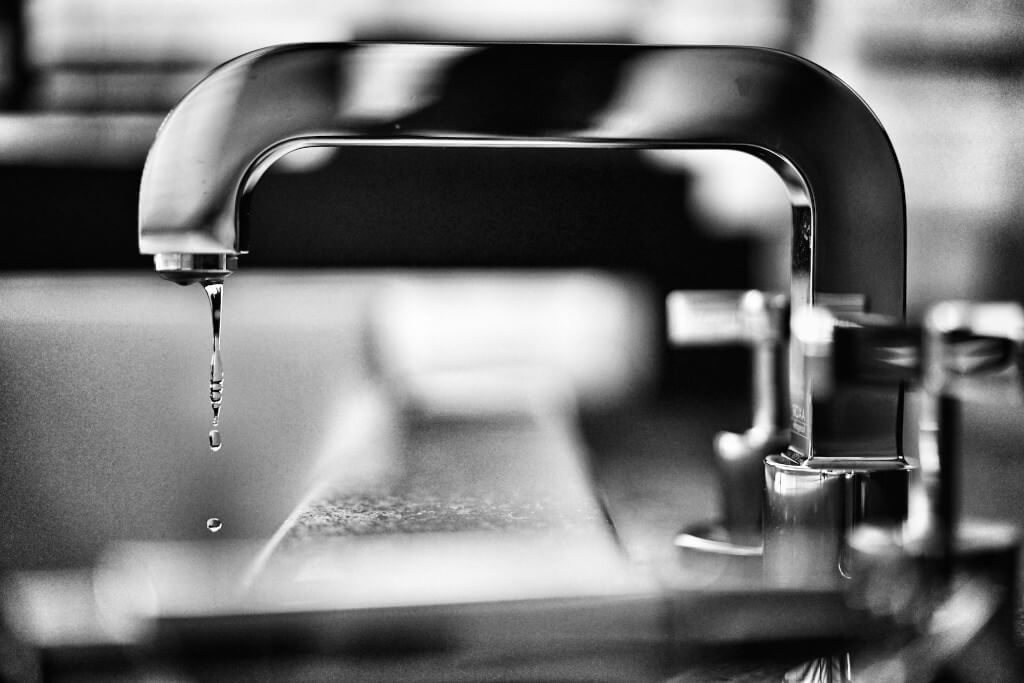
The water used by the municipality is typically consumed in significant amounts by commercial properties. Even though offices account for only 10% of the total customer base served by municipalities, they use almost half of all the water that is supplied by those governments. Companies must continue to concentrate on decreasing the water footprint of office buildings, especially in a nation like South Africa which has a severe shortage of available water. This results in a reduction in the amount of money spent on the water, proving that investing in quality plumbing makes good financial sense.
Cutting Edge Plumbing Systems
Many entrepreneurial companies are tapping into the wealth of information that exists within the commercial plumbing industry, which includes plumbers as well as the suppliers and producers of cutting-edge plumbing systems, to contribute to the conservation of water. This industry spans the entire spectrum from residential to commercial plumbing.
“When it comes to water conservation, licensed plumbers are at the forefront of innovation. Many plumbers have decided to specialize in the field as a result of the high demand for “green” and “intelligent” plumbing solutions across the country, which is being driven in part by the increasing prices of water and electricity in certain cities. They continue to stay current with the latest plumbing technology solutions, which are confirmed to be very effective in lowering water and electricity consumption respectively.
These can be as simple as systems that have a positive significant impact on water use or as complex as digital technologies that can even alert homeowners of leaking tucked-away pipes on their property so they can take appropriate corrective action at the appropriate time. This is in addition to the fact that producers are concentrating their efforts on the design and development of plumbing equipment that has a significantly longer lifespan to decrease the likelihood of leaks and the maintenance expenses incurred by homeowners, as well as the carbon footprint caused by their product lines. Qualified plumbers are aware of the appropriate times to advise the use of these components and can install them correctly.
How Does Plumbing Affect The Environmental Water Footprint?
When collaborating towards decreasing the water footprint of a commercial property, a good starting point is always to address any plumbing issues that may be causing leaks. Keep in mind that a leaky tap, for instance in the office kitchen, restroom, or toilet, can end up wasting up to 30 liters of water every hour. On a commercial property, a skilled plumber will be able to properly fix leaks and locate concealed defective pipes, both of which can result in massive costs if they are not detected and repaired promptly.
The next point of interest on a commercial property is typically the ablution facilities that are available there. Simply flushing the toilet and urinal accounts for at least 43 and 20 percent of the water used in an office building, respectively. Ablution amenities may account for up to as 90 percent of the total water use in an office when coupled with rinsing in basins.
Installing low-flow toilets that use no more than six liters of water each time they are flushed is one potential solution. This is in contrast to older toilets, which can use anywhere from 7.5 to 13 liters of water with each flush. In certain circumstances, the only realistic solution could be to install water-saving equipment in cisterns that are already in place. These modifications, on the other hand, can save between 1 and 3 liters of water with each flush on its own.
What Are The Solutions?
Waterless Urinals
In the meantime, control devices can cut the amount of water used in urinals by as much as 70%. They may come equipped with timer control systems that are calibrated to correspond with the hours in which employees are using the urinals. There are additionally more innovative solutions that can assist commercial property owners in lowering their water demand, and these solutions are available to them.
In addition to being able to properly install and maintain these fixtures, qualified plumbers will also be able to provide property owners with advice regarding which of these options is the best fit for their locations. These include the use of infrared or ultrasound sensors to detect the presence of people, and only after they have been identified will the water supply begin. The act of turning on the faucets in public restrooms can cause pressure or flow changes in the water supply, which can set off other alarms.
In addition, waterless urinals are a choice that can be made at some commercial establishments. A similar system that substitutes a conventional urinal that uses 3.7 liters of water per flush has the potential to save approximately 150.000 liters of water annually. Urine is moved into the plumbing drain system by using gravity to move it from the basin through a seal located in a cartridge and into the drain system. Because of the seal, odors and sewer gasses will not be able to travel up the pipe and enter the ablution facility.
Reducing Wastewater
One additional benefit of these innovations is that they assist in reducing the quantity of wastewater that is issued into the municipal system. This is one of the advantages of these technologies. This reduces the amount of pressure that is placed on wastewater treatment works, which are already operating at near capacity. Because of this, the money that is saved on the costs of reticulation and wastewater treatment can be spent in a manner that is more efficient on the upkeep of infrastructure, which will, in turn, contribute to the resolution of the significant sanitation issues that the nation is currently confronted with.
Taps with Water-Saving Devices
In the meantime, the water consumption at the office canteen may account for up to 9% of the building’s total consumption. Inefficient taps are a factor that contributes to the high amount of water that is used in the kitchen. The water that is used in these applications as well as in the ablution amenities for washing purposes can account for as much as a third of the total water consumption in an office. Taps that are outfitted with water-saving devices like spray heads and aerators, for example, can cut water consumption by as much as 80% in certain applications. There are two different types of systems like this: atomizers and aerators.
Atomizers
These break water up into extremely small droplets so that a greater surface area can be saturated with a given volume of water. Aerators, in contrast, are devices that regulate the diameter and straightness of the streamflow. As a result, they eliminate splashing, which is a form of water wastage. On the other hand, some owners of commercial properties favor more advanced methods for reducing the amount of water that is wasted in sinks and basins. Again, licensed plumbers will be able to offer helpful guidance regarding which of these will result in the greatest reduction in water consumption. Taps that are left running can cause waste and flooding, but these systems, which include electronic sensors and timed turn-off push valves, can prevent both if they are installed and maintained correctly by a licensed plumber.
Rainwater Harvesting
Following the implementation of these interventions, which will reduce water demand, many owners of commercial properties will enhance existing water supplies by collecting rainwater. This “green plumbing” system has become increasingly popular over the years and, as a result, is a crucial area of concentration for a significant number of qualified plumbers across the nation.
Rainwater harvesting is the process of collecting and purifying rainwater that falls on the roofs of buildings. Many offices, big shopping centers, factories, and warehouses provide surfaces that are ideal for collecting rainwater due to their size. Some of these types of buildings include: This water is collected in tanks and later used for applications such as cleaning, irrigation, and flushing toilets, which together account for approximately one percent of the total water use in the office.
These systems have additional benefits, one of which is that they redirect the runoff water from rainstorms, thereby reducing the amount of stress placed on overburdened municipal sewage systems. The straightforward construction and components of rainwater harvesting systems, in addition to the low running costs of these systems, continue to make them an appealing investment opportunity.
The Role That Plumbing Plays
According to the Model Water Services Bylaws published by the Department of Water and Sanitation, the plumbing sector in South Africa has the potential to play an even more significant part in assisting South Africa in lowering the country’s overall water demand. Regrettably, a significant number of municipalities have not yet adopted them. In the meantime, even in the few jurisdictions where they’ve been implemented, there has been insufficient effort put into their regulation. This has resulted in a rise in the usage of inadequate plumbing products and mediocre quality of work, both of which have greatly contributed to the difficulties we are experiencing with water and sanitation.
